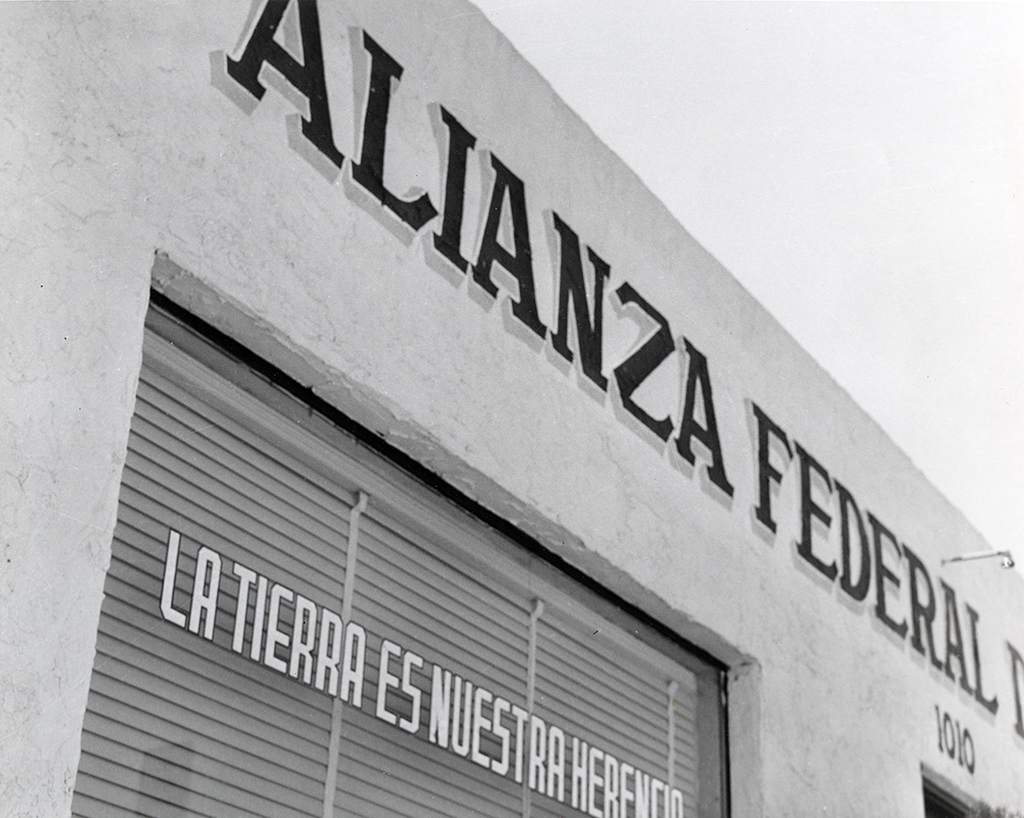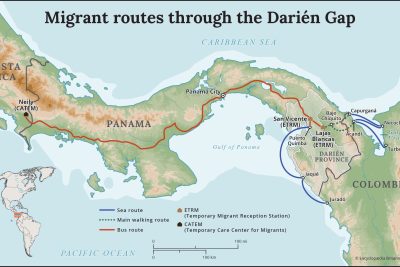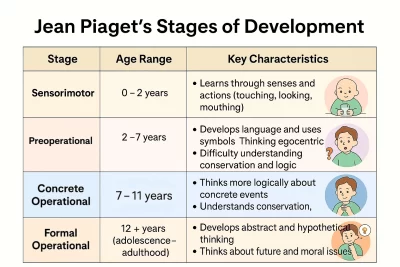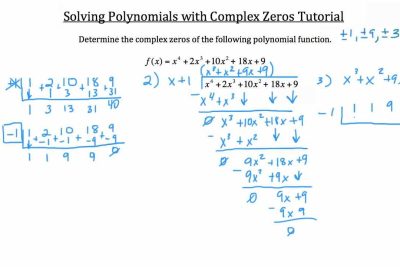
Alianza Federal de Mercedes: Strengthening Community Ties

In the vibrant landscape of New Mexico, community ties have played a pivotal role in shaping the social, political, and cultural fabric of the region. One prominent advocate for such ties is the Alianza Federal de Mercedes, founded in the early 1960s to address the grievances of land grant communities. This organization emerged during a tumultuous time in American history, primarily focusing on the rights of those dispossessed of their ancestral lands. By mobilizing individuals and fostering unity among communities, the Alianza continues to serve as a bastion of hope and activism.
The Alianza Federal de Mercedes not only represents the struggle for land justice in New Mexico but also symbolizes a broader fight for equity within marginalized communities across the United States. As we delve into the rich history surrounding this organization, it becomes evident how the concerted efforts of its founders and members have strengthened community ties while addressing injustices related to land ownership and usage. This comprehensive overview of the Alianza aims to celebrate its legacy and explore its ongoing impact on local communities.
- History of La Alianza Federal de Mercedes
- The Founding Vision: Tijerina's Leadership
- The Significance of the First Convention
- Focus on Key Land Grants: Tierra Amarilla and San Joaquín
- Aims and Goals of the Organization
- Community Impact and Grassroots Mobilization
- Challenges Faced by Alianza
- Recent Developments and Continued Advocacy
- Conclusion: The Legacy of La Alianza Federal de Mercedes
History of La Alianza Federal de Mercedes
The genesis of the Alianza Federal de Mercedes traces back to the need for a collective voice among land grant communities, primarily composed of descendants of Spanish and Mexican land grant holders in New Mexico. Founded by Reies Tijerina in 1963, the organization sought to address the disenfranchisement faced by these communities after centuries of governmental neglect. Tijerina understood the profound connection between people and their land, and aimed to bring this issue to the forefront of public consciousness.
Key to the organization’s early success was its first convention, held in 1963, which gathered approximately 800 delegates from 48 separate land grants across New Mexico. This convention served as a powerful platform for discussing grievances, sharing experiences, and forming strategies to challenge the systemic injustices inflicted upon land grant communities. The unity displayed at this historic gathering provided a strong foundation upon which the Alianza would build its future efforts.
The Founding Vision: Tijerina's Leadership
Central to the Alianza Federal de Mercedes was the leadership of Reies Tijerina, whose vision for the organization was rooted in civil rights activism and a commitment to justice. Tijerina believed that restoring land was not merely an issue of property rights but a matter of cultural identity, heritage, and dignity for the communities he represented. His charisma and passion energized members and supporters alike, galvanizing them in a common cause.
Tijerina emphasized the importance of education and awareness-raising among community members about their legal rights concerning land grants. Under his guidance, the Alianza effectively utilized grassroots mobilization strategies to engage local constituents, fostering a sense of ownership and empowerment. Tijerina's leadership style was characterized by his ability to connect with people on a personal level while maintaining a strategic vision for the alianza’s objectives.
The Significance of the First Convention
The inaugural convention of the Alianza Federal de Mercedes in 1963 marked a watershed moment for land grant activists. It brought together diverse perspectives from various communities and facilitated crucial discussions about the collective challenges they faced. The event was not just a conference; it was a celebration of cultural heritage and community solidarity.
During the convention, attendees discussed vital topics such as land rights, legal recourse, agricultural policies, and the historical context of land grants. The exchange of ideas led to the establishment of clear goals and a framework for future actions. The successful convening of such a large and diverse group of individuals demonstrated the powerful potential of the alianza to effect change through solidarity.
Focus on Key Land Grants: Tierra Amarilla and San Joaquín
Among the numerous land grants recognized by the Alianza Federal de Mercedes, Tierra Amarilla and San Joaquín del Río emerged as focal points for advocacy efforts. Both grants represent significant sites of cultural heritage and historical injustice, and reclaiming them became pivotal for the organization's mission.
Tierra Amarilla, situated in northern New Mexico, is emblematic of the struggles faced by many land grant heirs. For generations, the residents foundationally depended on these lands for agriculture, sustenance, and cultural identity. The alianza sought to restore rightful ownership and ensure equitable land use for current and future generations. Legal battles ensued, drawing public attention to the community's plight.
Similarly, the San Joaquín del Río grant faced its own set of challenges, including land encroachment and loss of community resources. The Alianza worked tirelessly to mobilize support and develop strategies for reclaiming these vital lands, emphasizing the importance of genuine engagement with legal systems and governmental bodies. Through these efforts, the alianza aimed to highlight broader themes of justice and equity.
Aims and Goals of the Organization
The overarching aim of the Alianza Federal de Mercedes is to advocate for the restoration of land grants and promote social justice for descendants of land grant holders. Among its specific goals, the organization emphasizes the need for comprehensive legal reform, policy changes that benefit affected communities, and preserving cultural heritage through education and awareness programs.
Moreover, the alianza strives to build a network of affiliated organizations and supporters to strengthen its collective voice. It aims to showcase the historical significance of land grants and encourage broader discussions about the rights of Indigenous and Hispanic communities in the United States. Through this multi-faceted approach, the Alianza seeks not only to address immediate grievances but also to create long-term strategies for empowerment and advocacy.
Community Impact and Grassroots Mobilization
The impact of the Alianza Federal de Mercedes extends far beyond land grants; it has inspired grassroots mobilization and community development initiatives that enhance social cohesion. By empowering community members through education and advocacy, the alianza fosters a sense of belonging and commitment to collective goals.
Programs established by the organization focus on community building, skill development, and cultural preservation. Workshops on legal rights, land management practices, and history lectures contribute to a deeper understanding of the interconnectedness between heritage and land ownership. This educational approach also equips participants with the tools necessary to advocate for their rights effectively.
Challenges Faced by Alianza
Additionally, securing funding and resources for advocacy work continues to be a challenge. As with many grassroots organizations, limited financial support can hinder comprehensive programming and outreach efforts. Nevertheless, the alianza remains committed to its mission, consistently seeking creative solutions to overcome these barriers.
Recent Developments and Continued Advocacy
In recent years, the Alianza Federal de Mercedes has adapted its strategies to meet the evolving needs of the communities it serves. By leveraging technology and social media, the organization has broadened its outreach efforts, engaging younger generations in the fight for land rights and social justice. This shift has created new avenues for activism and communication, allowing the alianza to stay relevant in a rapidly changing social landscape.
Furthermore, collaborations with other advocacy groups and non-profits have strengthened the organization's visibility and impact. Collective efforts towards policy reform at local and national levels have cultivated greater awareness of land grant issues, highlighting their importance in discussions surrounding equity and justice.
Conclusion: The Legacy of La Alianza Federal de Mercedes
The legacy of the Alianza Federal de Mercedes represents a powerful testament to the resilience and determination of land grant communities. Through unwavering advocacy and community engagement, the organization has successfully brought attention to injustices faced by these communities, fostering solidarity and unifying a diverse set of individuals around a common cause. The work of alianza continues to inspire new generations to uphold the values of justice, equity, and cultural heritage.
As we reflect on the achievements and ongoing challenges of the Alianza Federal de Mercedes, it is important to recognize the profound impact this organization has had on strengthening community ties. By empowering individuals and advocating for their rights, the alianza not only addresses past injustices but also paves the way for a more equitable and inclusive future.
Did you find this article helpful? Alianza Federal de Mercedes: Strengthening Community Ties See more here Education.
Leave a Reply






Related posts